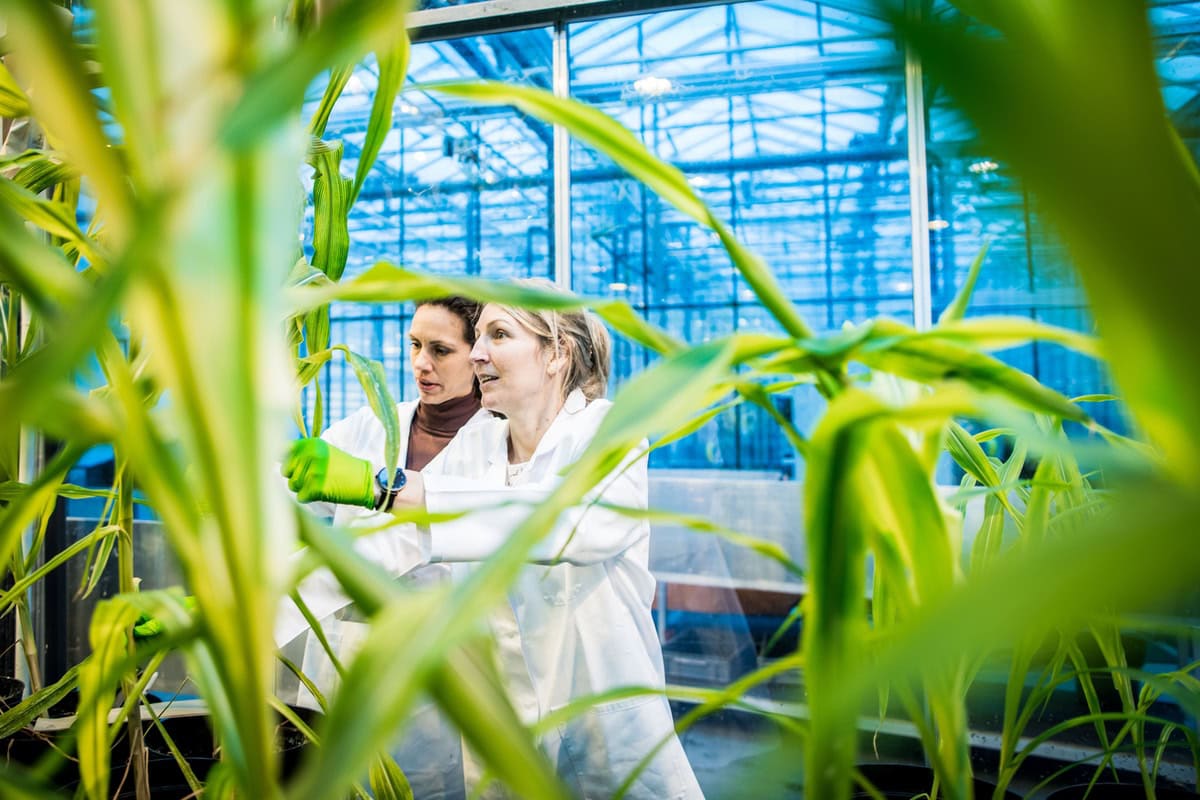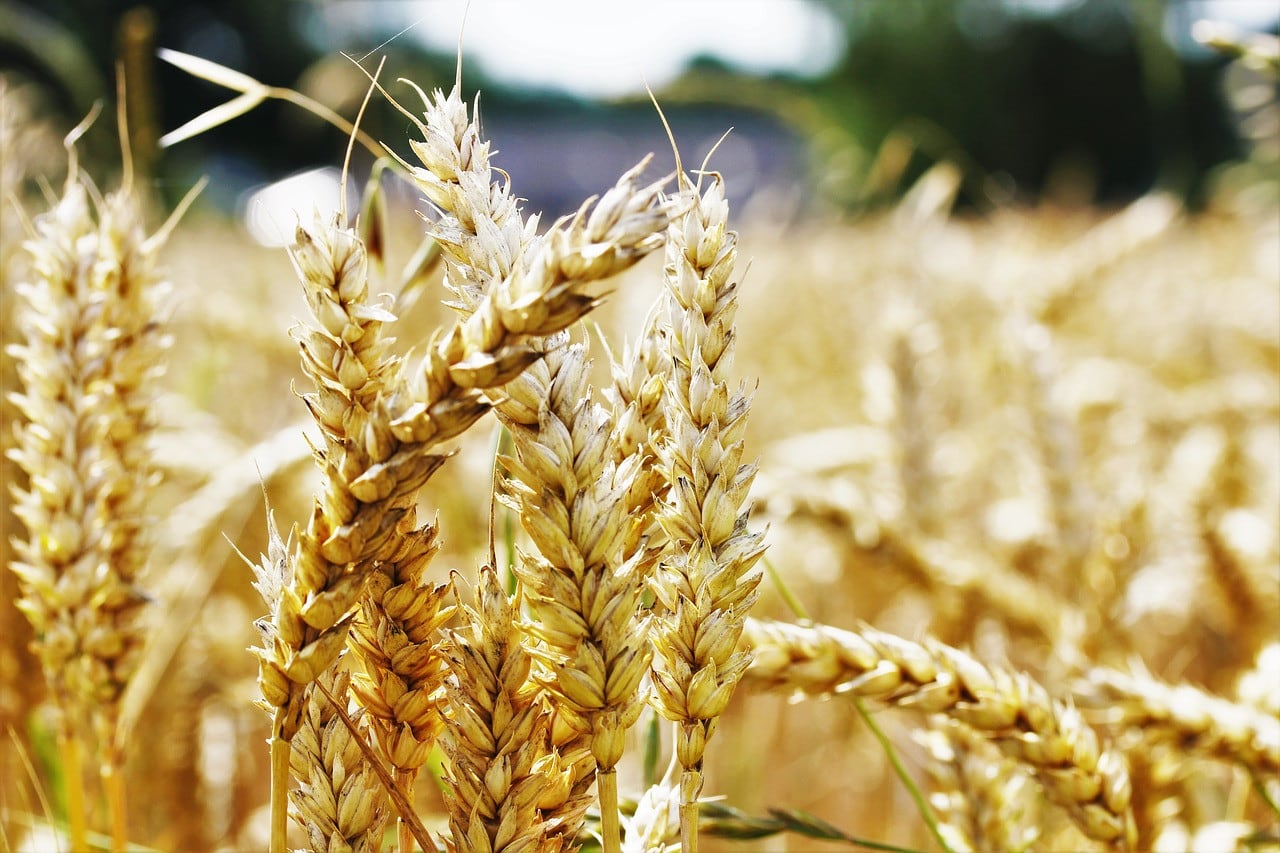Exclusive: Inari’s Ron Wulfkuhle on super seeds and agricultural sustainability

Climate change poses a significant threat to the agricultural sector and, by extension, to global food security. Many experts predict that rising temperatures will lead to declines in global agricultural output and, at lower latitudes, have a pronounced impact on the productivity of major commodity crops, including maize, wheat, and soybeans. Crucially, they point out, the rate at which climate change is taking place is exceeding the native capacities of most plants to adapt to the environments in which they find themselves.
There would, however, appear to be a solution to this looming adaptability problem: gene editing. This involves making precise, targeted changes to a plant’s genome in order, for instance, to improve disease resistance, enhance drought resilience, and achieve greater yields. One of the companies seeking to commercialize this cutting-edge technology is Inari, a Cambridge, Massachusetts-based start-up that recently raised $103mn in funding and has been impressing investors with its SEEDesign platform. We had the opportunity to speak to Inari’s chief commercial officer, Ron Wulfkuhle, to learn more about the company and its plans for the future.
 FD: Thank you for taking the time to talk to us. Could you briefly describe what Inari does and what the company’s mission is?
FD: Thank you for taking the time to talk to us. Could you briefly describe what Inari does and what the company’s mission is?
RW: Inari is the SEEDesign company, working to bring nature-positive outcomes to the global food system by designing higher-yielding seeds that require fewer inputs.
FD: Could you tell us how your SEEDesign platform works? What exactly is multiplex gene editing, and how does it differ from other breeding technologies?
RW: At Inari, we bring together AI-powered predictive design and a cutting-edge multiplex gene editing toolbox to deliver step-change products. With predictive design, we use powerful data analytics to discover new genetic pathways and predict which edits will have the most positive impacts at specific locations within a crop’s DNA structure. Think of this as the blueprint.
Guided by this blueprint, our multiplex toolbox enables us to then make multiple, concurrent changes – including disabling, reducing or enhancing the expression of a gene – to address complex biological pathways such as those underpinning yield. The resulting outcomes are virtually indistinguishable from those of traditional breeding methods, but they are accomplished in far less time and with far fewer resources.
FD: GMOs have struggled to gain public acceptance in many parts of the world. Do you think CRISPR-edited crops are likely to encounter any opposition from consumers?
RW: Gene editing works with crops’ natural DNA, introducing changes that would occur in nature but at a much faster pace. This is fundamentally different from GMOs, which involve the introduction of foreign DNA. Given how rapidly climate change is impacting the planet, food security and farmers’ livelihoods, gene editing presents a crucial opportunity to not only continue feeding the world but to do so in a more sustainable manner.
FD: How will Inari’s seeds benefit farmers and help to promote agricultural sustainability?
RW: The power of our technology is that, for the first time, we can exponentially accelerate natural breeding outcomes that directly address food system sustainability – helping to ensure food security for a rapidly growing global population, better caring for our planet with higher-yielding seeds that require fewer inputs, and improving farmer well-being through economically sustainable solutions.
FD: Which markets are you targeting initially, and how will you bring your higher-yielding seeds to farmers?
RW: Our initial markets are the US for soybeans and corn, and Australia for wheat. We bring our products to market through our seed company customers, who have established relationships with their farmer customers.
FD: Inari is currently developing soybean, corn, and wheat seeds. Do you have any plans to work with other crops?
RW: Soybeans, corn, and wheat represent our initial wave of products, but our platform is capable of editing any crop in any geography. We are evaluating other crops for future product waves.

FD: You recently raised $103mn from investors. Could you tell us how that funding is supporting your efforts to develop and commercialize your seeds?
RW: This investment comes at an exciting time for Inari, as we are entering into our commercialization phase. We are currently working with our seed company customers to bring our high-yield soybean generation 1 product to their demonstration plots.
FD: What opportunities and challenges do you anticipate as Inari continues to scale its operations, and brings its seeds to market?
RW: The main challenge is time. While technology enables us to speed up the breeding process, we are still at nature’s mercy when it comes to growing enough seed to meet demand for our game-changing products.
FD: Finally, on a personal level, would you mind telling us what motivates your work at Inari? What is it about the company’s mission that most resonates with you?
RW: We have historically always been able to count on farmers to deliver safe, bountiful supplies of food. But given the growing challenges of climate change and the growing world population, I often stop and think about what will happen when we can no longer take agricultural productivity for granted. What motivates me to work at Inari is knowing that our SEEDesign technology has a very real potential to have a positive impact.



